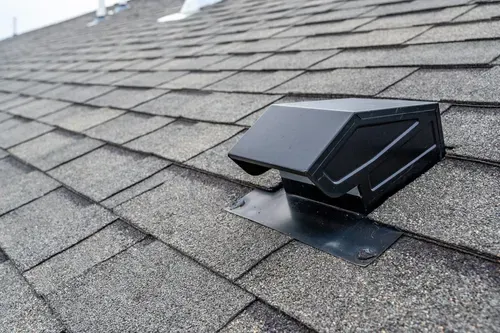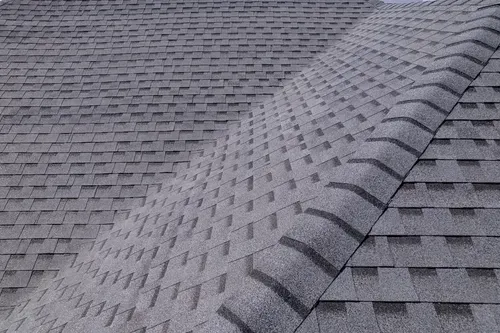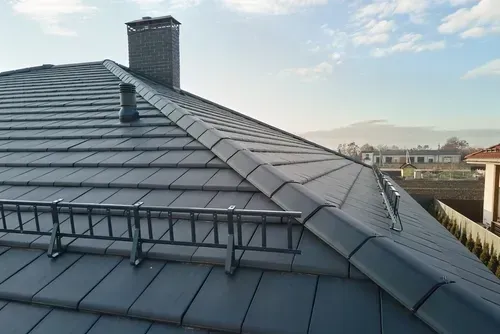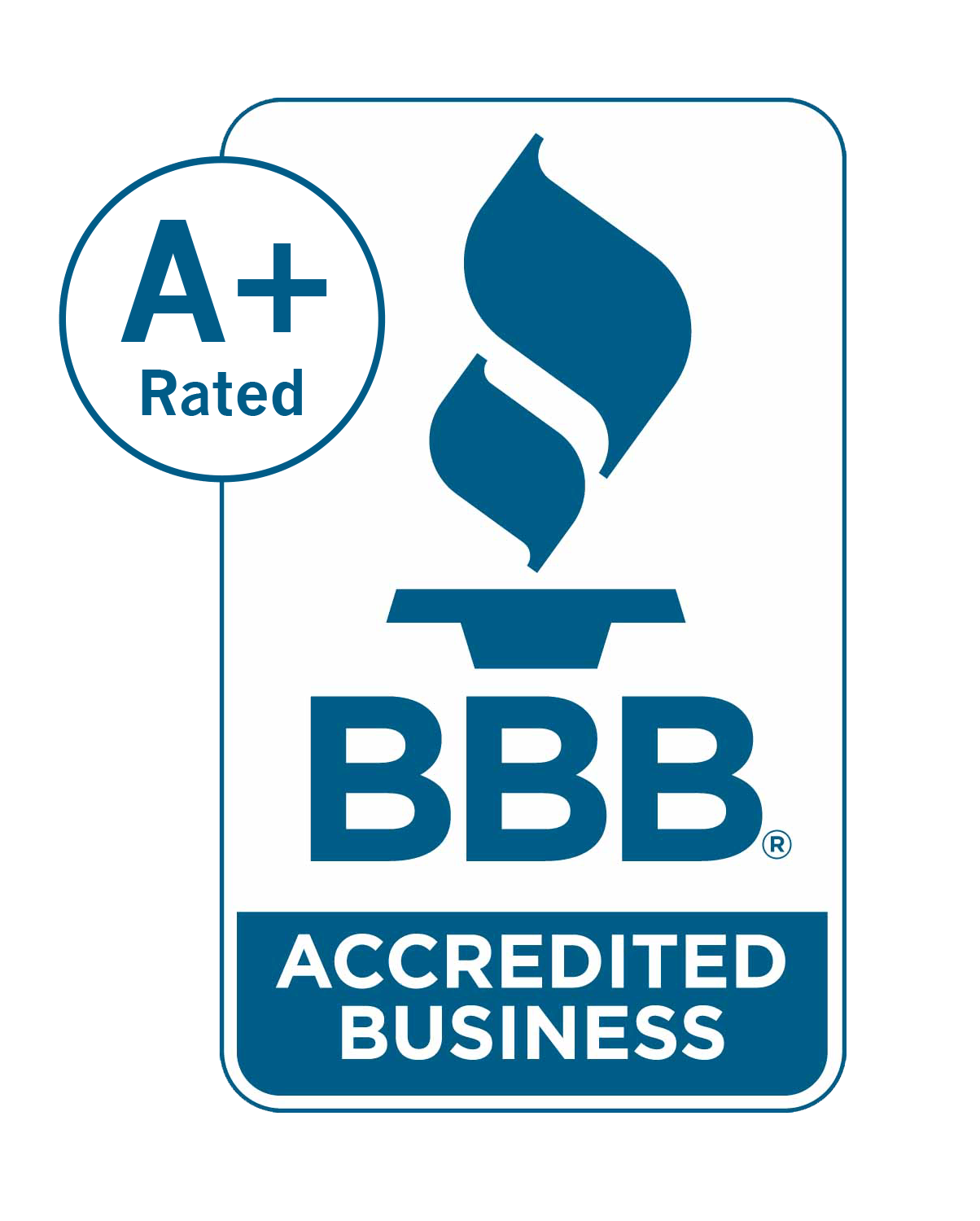TPO vs EPDM Roofing: Choosing the Best Commercial Flat Roof Material
When it's time to choose the right flat roof materials for a commercial building, there's a lot to consider. You want something durable, cost-effective, and energy-efficient—without getting buried in confusing details. That's why two of the most popular choices on the market are TPO roofing and EPDM roofing material.
Both have solid reputations and work well in the right environment, but which one is better? If you're wondering about the difference between TPO and EPDM or which one makes the most sense for your building, you're in the right place. Let's walk you through TPO vs EPDM so you can make the right choice!
What is TPO Roofing?
Let’s start with the basics: What does TPO mean in roofing? TPO stands for Thermoplastic Polyolefin. It’s a single-ply TPO membrane that’s heat-welded at the seams and typically comes in bright white. That color’s no accident—it reflects sunlight and helps lower cooling costs in hot climates.
A TPO roof system is lightweight, flexible, and easy to install. It resists UV rays, chemicals, and even punctures. No wonder so many commercial buildings choose TPO roofing material for energy savings and strong performance. It's one of the fastest-growing
flat roofing material options.
What is EPDM Roofing?
EPDM roof material (Ethylene Propylene Diene Monomer) is a synthetic rubber. It's durable, budget-friendly, and great for buildings in colder regions.
Unlike TPO, EPDM is usually black, which means it absorbs heat—an advantage in cooler climates. It's often ballasted with stone or mechanically fastened. Repairs are typically easy, making it a go-to for building owners who want reliability and low fuss.
Let’s Make The Comparison
TPO vs. EPDM Roofing: Key Differences Explained
TPO and EPDM are two popular flat roofing materials, each with distinct advantages. TPO roofing is white and reflective, offering high energy efficiency in hot, sunny climates. It typically lasts 15–25 years, has heat-welded seams for added durability, and is moderately flexible. EPDM, on the other hand, is black and absorbs heat, making it a better fit for cold or variable climates. With a lifespan of 20–30 years, it's more budget-friendly, easier to repair with DIY fixes, and offers greater flexibility. While TPO offers better energy efficiency, EPDM is often chosen for its lower cost and ease of maintenance.
Whether you choose TPO versus EPDM often depends on weather, budget, and energy needs. When in doubt, it's smart to ask for a
roof tune up to see what condition your current roof is in.
What’s Your Best Option?
Choosing between TPO vs EPDM roofing isn’t one-size-fits-all. If your property needs a roof that helps cut cooling costs and looks modern, TPO roofing could be the way to go. If you're focused on saving money upfront and want a flexible, proven system, EPDM roofing material is a solid pick.
And don’t forget—both are superior to older systems. Upgrading your flat roof materials means fewer worries about leaks, ponding water, or emergency
gutter repair calls.
A Roof That Supports Your Growth
With all the different roof membrane types out there, making the wrong choice can feel like a gamble. But don't worry; AMP Restoration & Roofing is here to help. Our team knows TPO roofing, EPDM roofing material, and all the top flat roof materials. We're here to help you choose the best option without the guesswork.
Contact AMP Restoration & Roofing today for expert guidance and high-quality service that puts your needs first.






